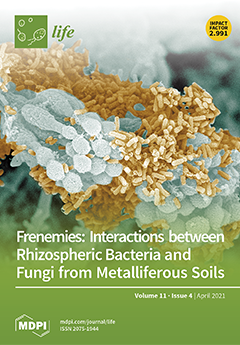(1) Introduction: High sensitivity C-reactive protein (hs-CRP) and CRP are inflammatory biomarkers associated with several inflammatory diseases. In both pediatric and adult individuals with Obstructive Sleep Apnea (OSA) higher hs-CRP and CRP were observed, compared to controls. With the present systematic review, meta-analysis and meta-regression we expand upon previous meta-analyses in four ways: (1) We included 109 studies (96 in adults and 13 in children); (2) we reported subgroup and meta-regression analyses in adults with OSA compared to controls on the serum and plasma levels of hs-CRP; (3) we reported subgroup and meta-regression analyses in adults with OSA compared to controls on the serum and plasma levels of CRP; (4) we reported serum and plasma levels of both hs-CRP and CRP in children with OSA, always compared to controls. (2) Materials and Methods: The PubMed/Medline, Scopus, Cochrane Library, and Web of Science databases were searched to retrieve articles published until 31 May 2020, with no restrictions. The data included basic information involving the first author, publication year, country of study, ethnicity of participants in each study, age, BMI, and AHI of both groups, and mean and standard deviation (SD) of plasma and serum levels of CRP and hs-CRP. (3) Results: A total of 1046 records were retrieved from the databases, and 109 studies were selected for the analysis (96 studies reporting the blood levels of hs-CRP/CRP in adults and 13 studies in children). For adults, 11 studies reported plasma hs-CRP, 44 serum hs-CRP, 9 plasma CRP, and 32 serum CRP levels. For children, 6 studies reported plasma hs-CRP, 4 serum hs-CRP, 1 plasma CRP, and 2 serum CRP levels. Compared to controls, the pooled MD of plasma hs-CRP levels in adults with OSA was 0.11 mg/dL (
p < 0.00001). Compared to controls, the pooled MD of serum hs-CRP levels in adults with OSA was 0.09 mg/dL (
p < 0.00001). Compared to controls, the pooled MD of plasma CRP levels in adults with OSA was 0.06 mg/dL (
p = 0.72). Compared to controls, the pooled MD of serum CRP levels in adults with OSA was 0.36 mg/dL (
p < 0.00001). Compared to controls, the pooled MD of plasma hs-CRP, serum hs-CRP, plasma hs-CRP, and serum hs-CRP in children with OSA was 1.17 mg/dL (
p = 0.005), 0.18 mg/dL (
p = 0.05), 0.08 mg/dL (
p = 0.10), and 0.04 mg/dL (
p = 0.33), respectively. The meta-regression showed that with a greater apnea-hypapnea index (AHI), serum hs-CRP levels were significantly higher. (4) Conclusions: The results of the present systematic review, meta-analysis and meta-regression showed that compared to healthy controls plasma and serum levels of hs-CRP and serum CRP level were higher in adults with OSA; for children, and compared to controls, just plasma hs-CRP levels in children with OSA were higher.
Full article






